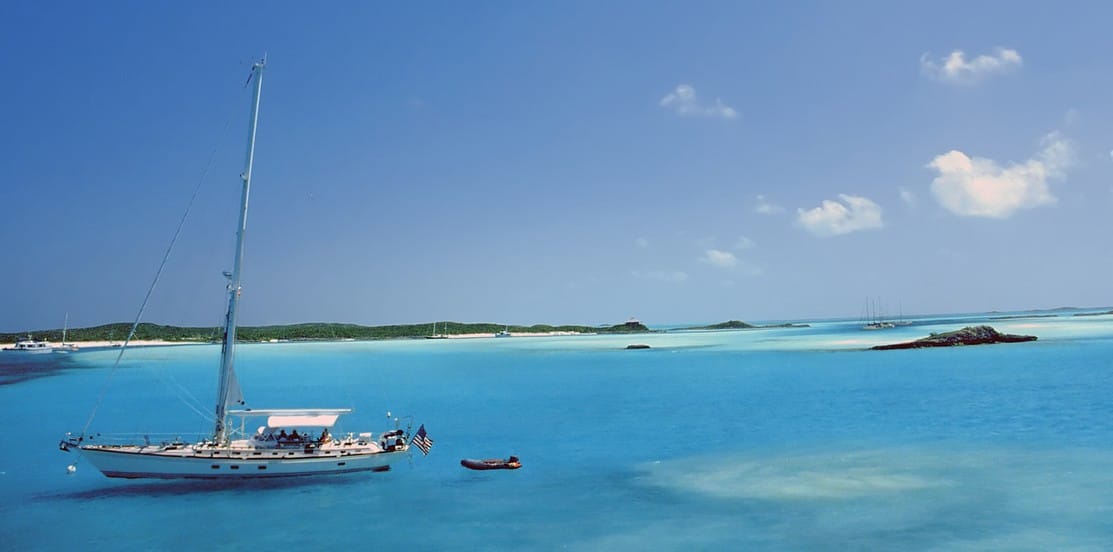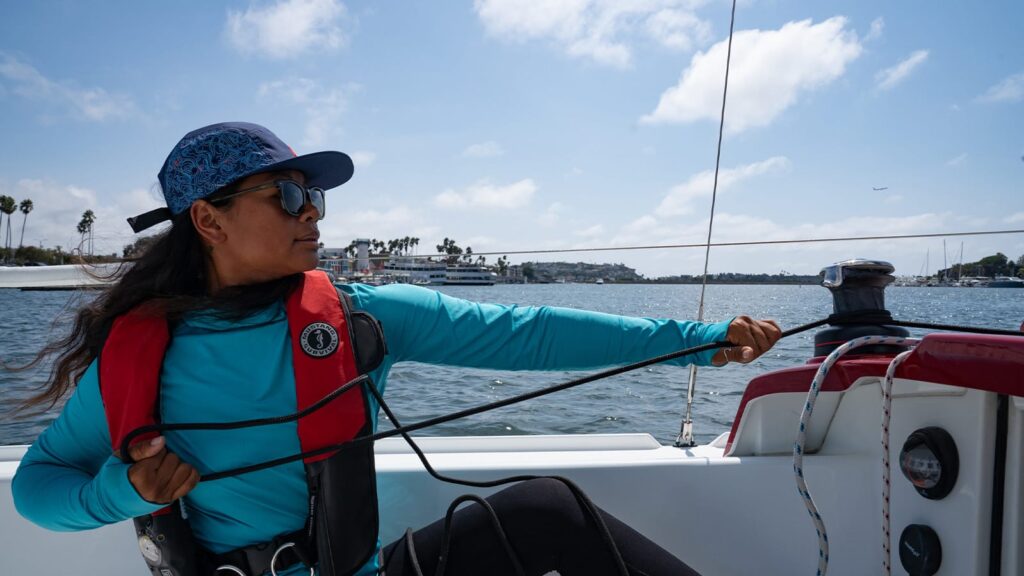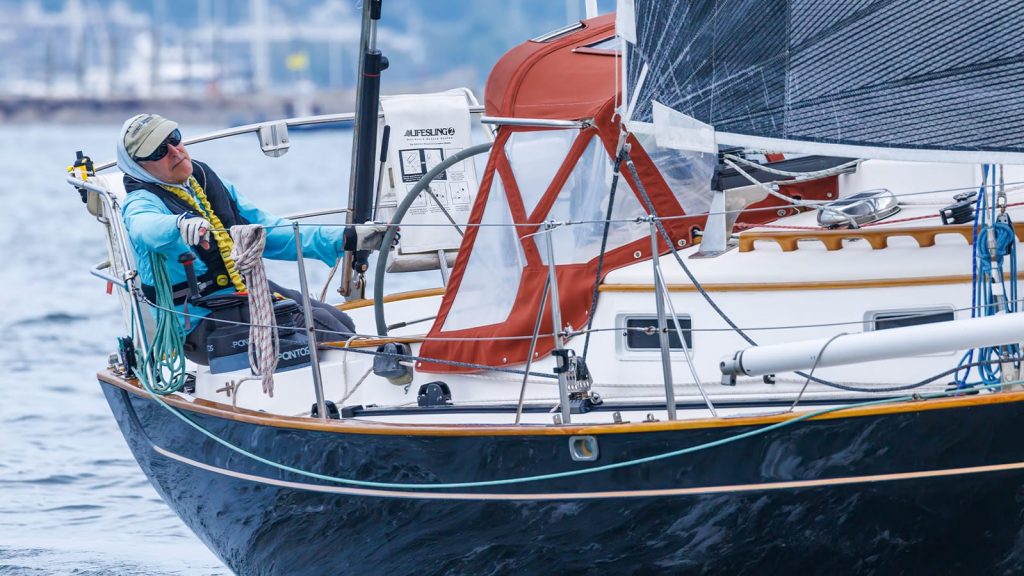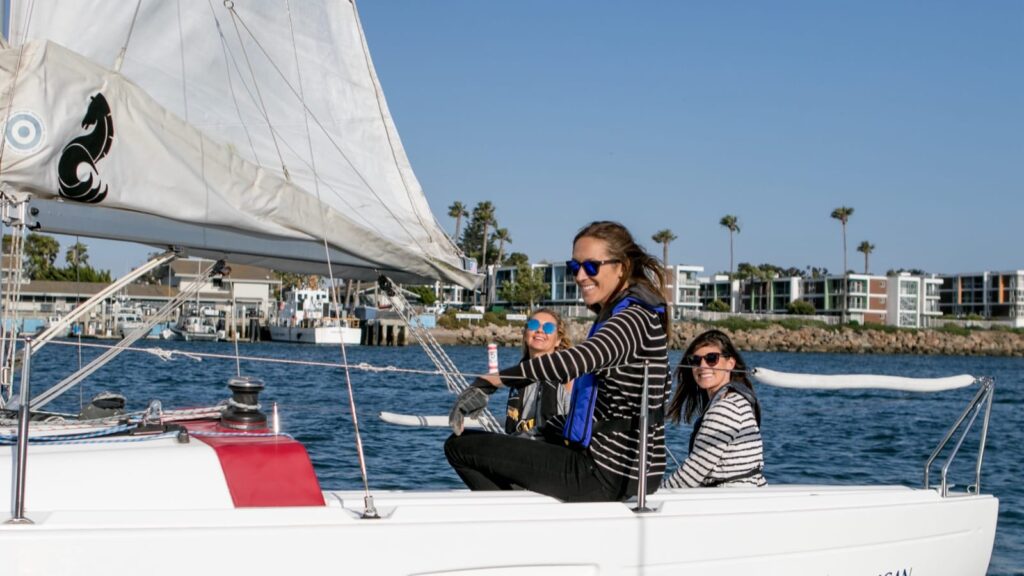Sailing Tips Come From Coastal Cruising Made Easy, the Official Manual for the ASA Basic Coastal Cruising Course.
You’re ready to cruise and all that is left is for you to toss the lines and set sail.
Take a glance at these tips to help you once you decide to embark on your coastal cruise.
Storage
What you would call a cabinet at home is a “locker” aboard a boat, because, for its contents to stay in place when the boat is sailing, the door needs a means of keeping it securely closed when the boat heels. Stowing stuff in lockers is an art, especially in the galley. You want the contents packed so they can’t slide or roll around – the sound can be irritating when the boat’s in motion – but also so you can identify everything from just looking in – you don’t want to be shuffling things around when the locker is on the high side of a heeled boat.
The Bilge Pump
It’s normal practice to lift a floorboard from time to time to inspect the bilge, test the pumps and ensure no debris is clogging the pump intakes. Any water that gets into the boat, whether it’s seawater or rain through a hatch left open or fresh water leaking from the boat’s own supply, will accumulate in the bilge. To remove it, the boat has a bilge pump.
Battery Power
Cruising sailors must always be mindful of the state of charge of their batteries. Although it’s appealing to always be a sailboat and run the engine only when there’s no wind, or for a few minutes to leave the dock, it’s sometimes necessary to run it for an hour or so to bring the batteries up to full charge so you can continue to use the lights and other electrical devices onboard.
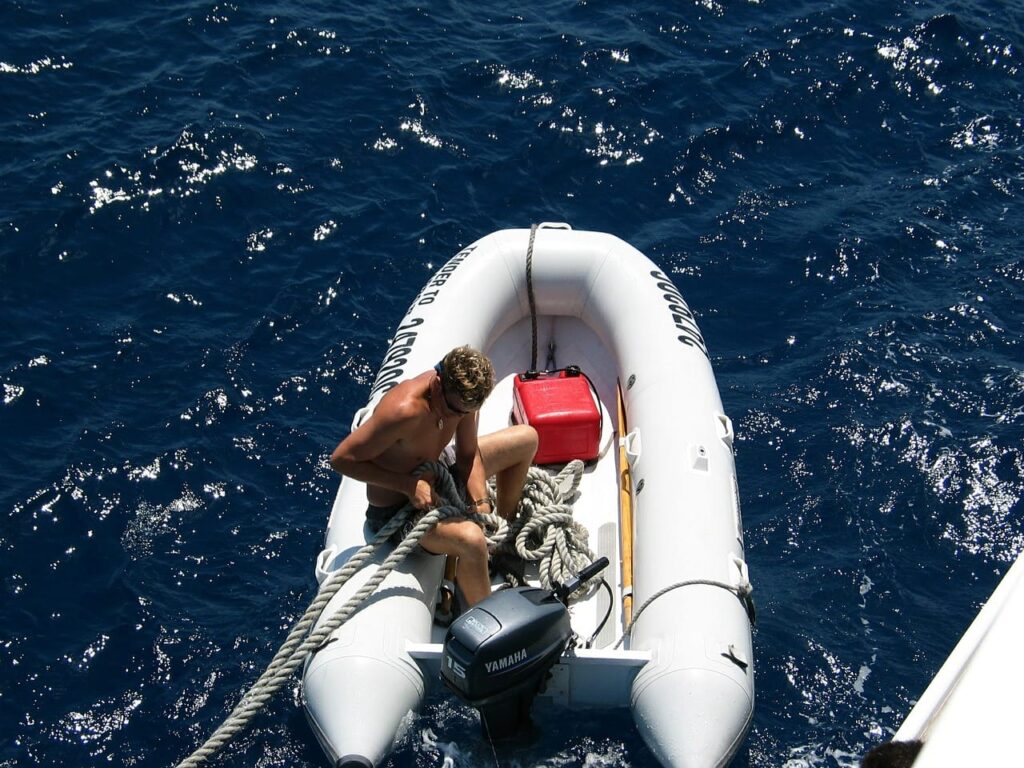
The Dinghy
Never untie the dinghy from the big boat until you have the outboard motor running smoothly. When you untie the painter (the dinghy’s bow line) and any other line used to secure it, make sure to bring them aboard and tie them down so they can’t jump out and get around the propeller.
Safety
When working or moving around on deck try to keep “three points planted.” Use a hand, your feet, knee, elbow, or hip to brace yourself like a tripod, and keep your weight as low as possible. Harnesses and tethers used in conjunction with well-placed jacklines help keep people on board while allowing freedom of movement around the boat. The trusty rule of one hand for the ship and one hand for yourself still applies, but a tether gives you a third hand.
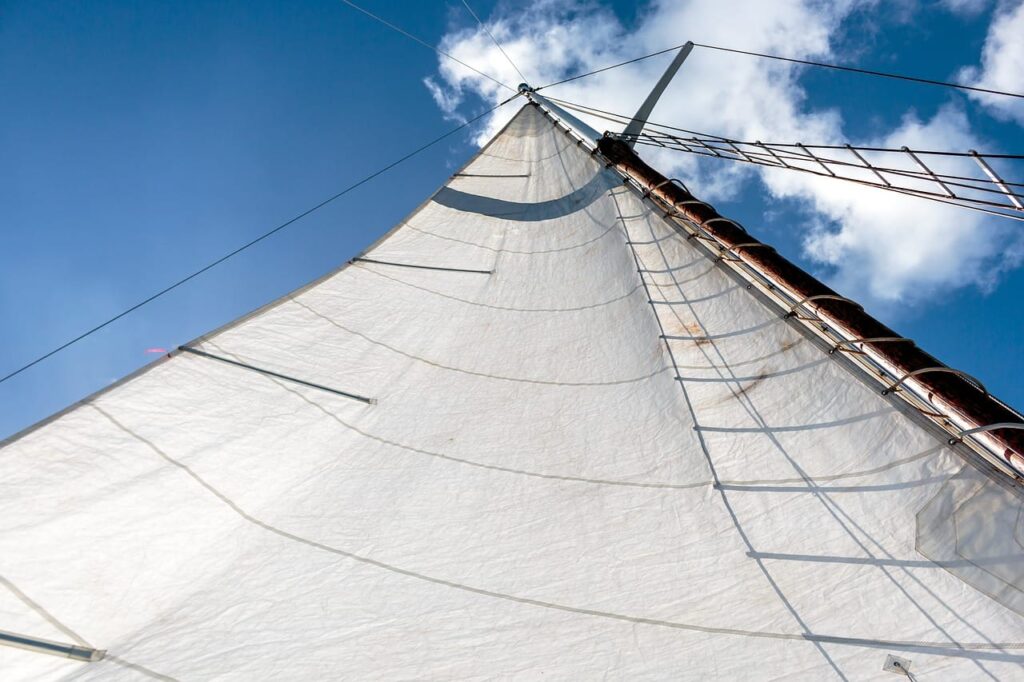
Reef
You will never regret reefing early half as much as you will regret leaving it too late. When it’s time to reef, it’s also time to ratchet up the safety awareness level on board. If you’re sailing on open water, the waves will get bigger, the boat’s motion will become more violent, and the moving about on board will become more difficult. It’s a good time to put on life jackets.
Signals
Under both international and US inland rules, five short blasts on the whistle signals, “ I am unsure of your intentions.” It’s often employed by large vessels to get the attention of smaller craft in busy waters where maneuvering room is limited. If you hear this signal, pay attention and be prepared to take action. Never put your boat in a situation, such as getting too close to a ship, where the signal might be directed at you.
All of these tips come from Coastal Cruising Made Easy, the Official Manual for the ASA Basic Coastal Cruising Course.

